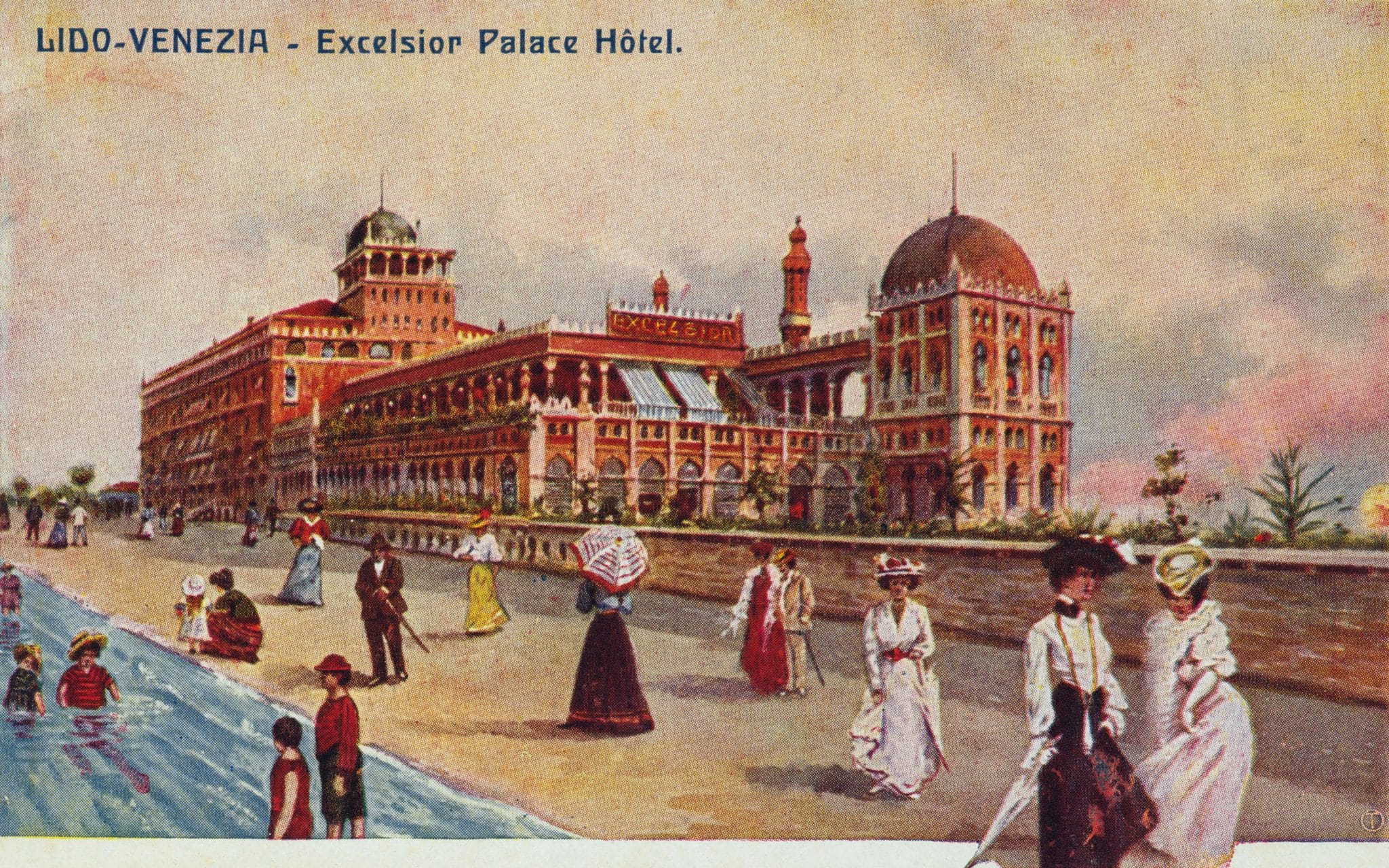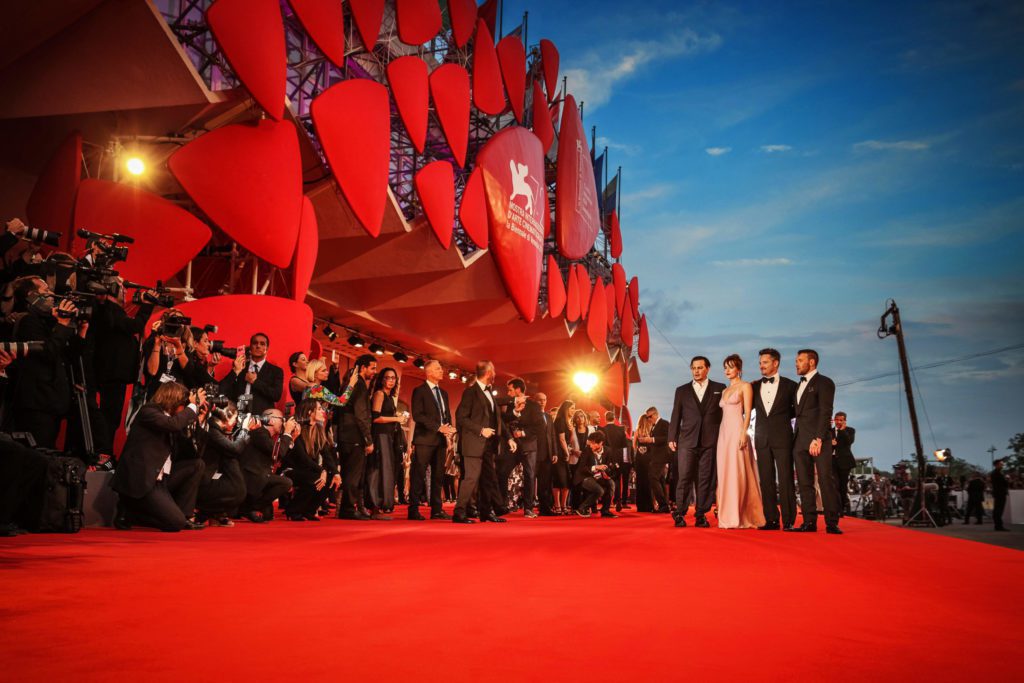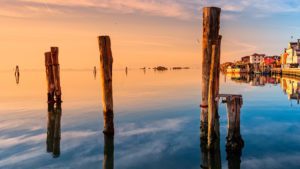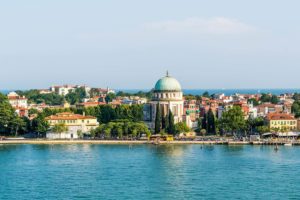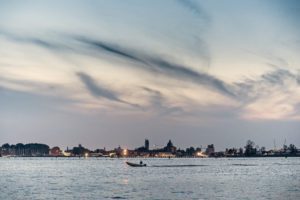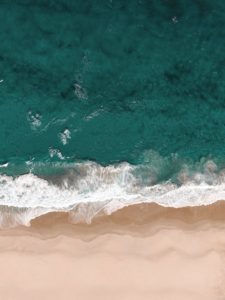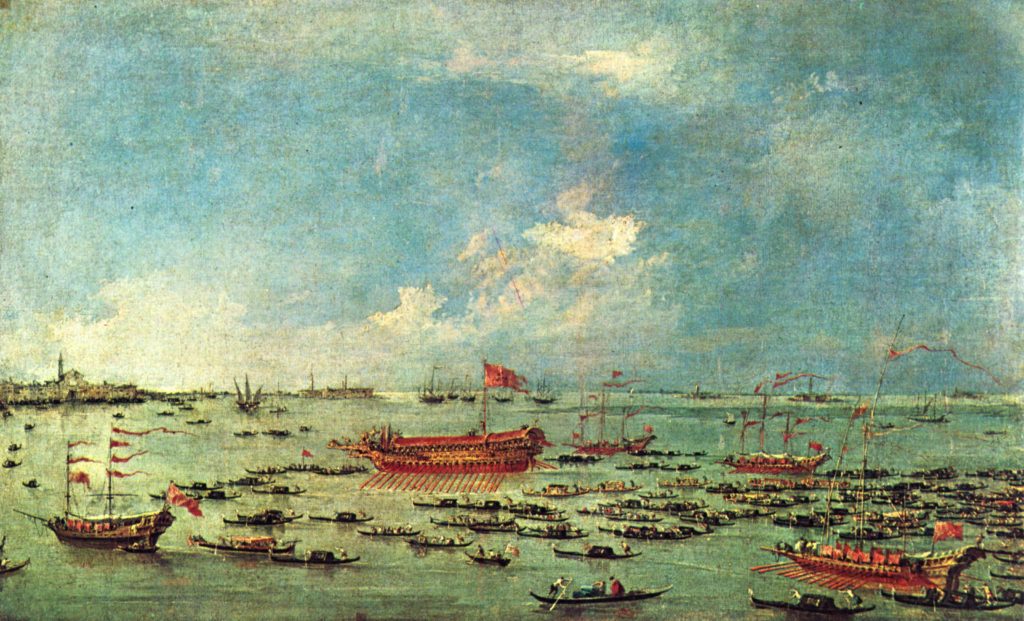
The age
of the Crusades
During the age of the Crusades, the Lido was where the crusaders gathered and camped before setting sail, and the island has always been the fulcrum of the defence system of the Venetian Lagoon: in the 12th century the fort of San Nicolò was built where the barracks of the Fanti del Mar were located. For centuries, the island was used for military exercises and as a place of control and defence against threats from the sea.
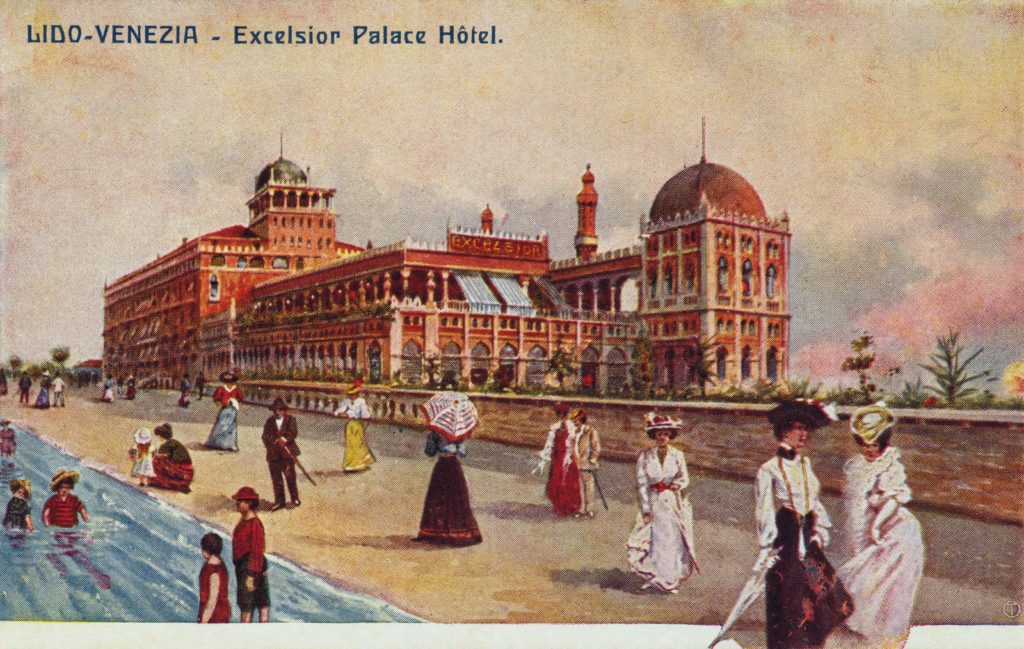
At the end
'800
At the end of the nineteenth century the Lido established itself as the most popular seaside resort in Italy and one of the most prestigious in the world, frequented by aristocracy and the European and international bourgeoisie. This led to the construction of large hotels such as the Hotel Des Bains (1900) and the Hotel Excelsior (1908). In 1872 the Società Civile Bagni Lido was founded and a system of water-buses was set up to provide services between Venice’s railway station (Santa Lucia) and the Lido.
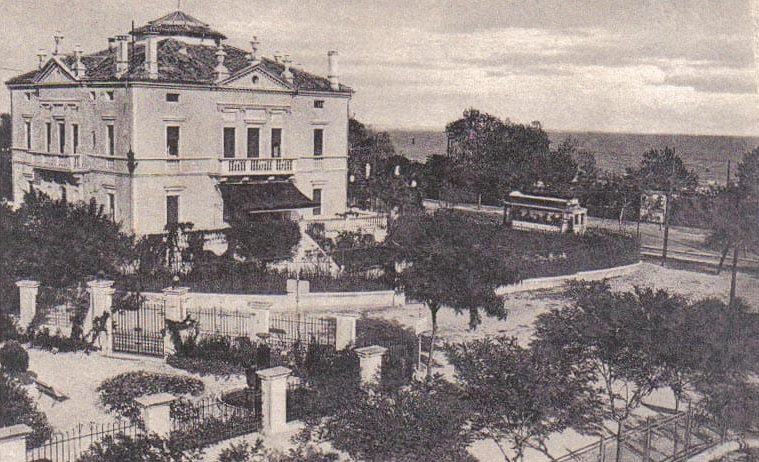
Liberty
Style
Many Art Nouveau villas were also built such as Villa Romanelli, Villa Monplaisir, the Papadopoli villas and many others. Between 1913 and 1916, Luigi Fabris created the majolica façade of the Gran Hotel Ausonia & Hungaria, considered one of the most important examples of Art Nouveau in Europe. Venice’s first airport was on the Lido and was inaugurated in December 1915. The Lido was renamed the “Golden Island”.
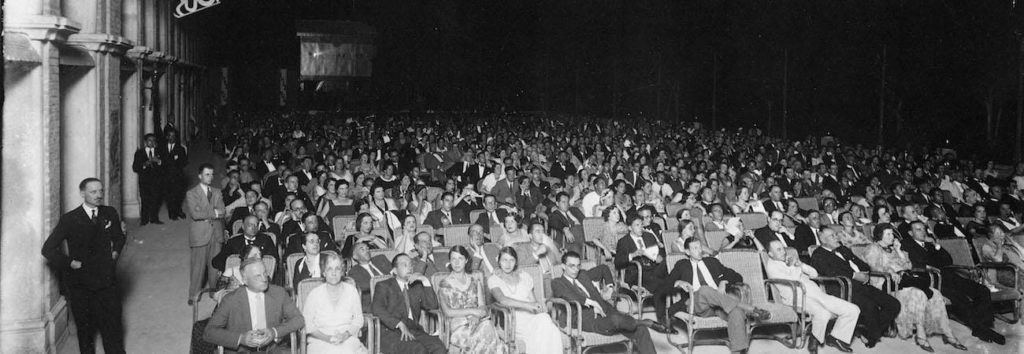
In the
thirties
In 1932, it was decided to locate the headquarters of the Venice Film Festival to the island. It is the world’s oldest film festival and still one of the most prestigious, hosting, for ten days a year, some of the most successful directors and acting talents of our time on the red carpet of the Lido, combining high artistic value with the glamour that has always distinguished the event.
